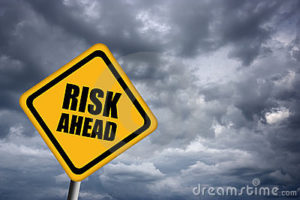
When companies and agencies start a change management process, it is because they need to adapt to a significant change in circumstances – an evolving market, a turnover in personnel or ownership, or an unexpected breakdown of core functions. While the first two are well-covered in business literature, the latter is just now getting more attention because of exceedingly complex information technology applications throughout the organization, and the resulting possibility of wide-spread disruption of operations, production, and reputation.
At the same time, breakdowns of technology and technical accidents are nothing new, and companies have spent a lot of time and money to reduce their costly occurrence. Some of the earliest and still most common government regulations related to businesses are about protecting health and safety of both employees and customers. What health and safety was in the early 20th century industrial age, is privacy and security in the early 21st century information age – a new challenge for the public and the private sector that has both costs and benefits.
In this series, we will explore how companies and agencies can foster an organizational safety and security culture that will help reduce disruptions, outages and losses, and help increase individual and corporate responsibility. The first part describes five key characteristics of such an organizational culture. The second part introduces examples of so-called high-reliability organizations, whose hallmarks are technical reliability, organizational flexibility, and cultural openness.
